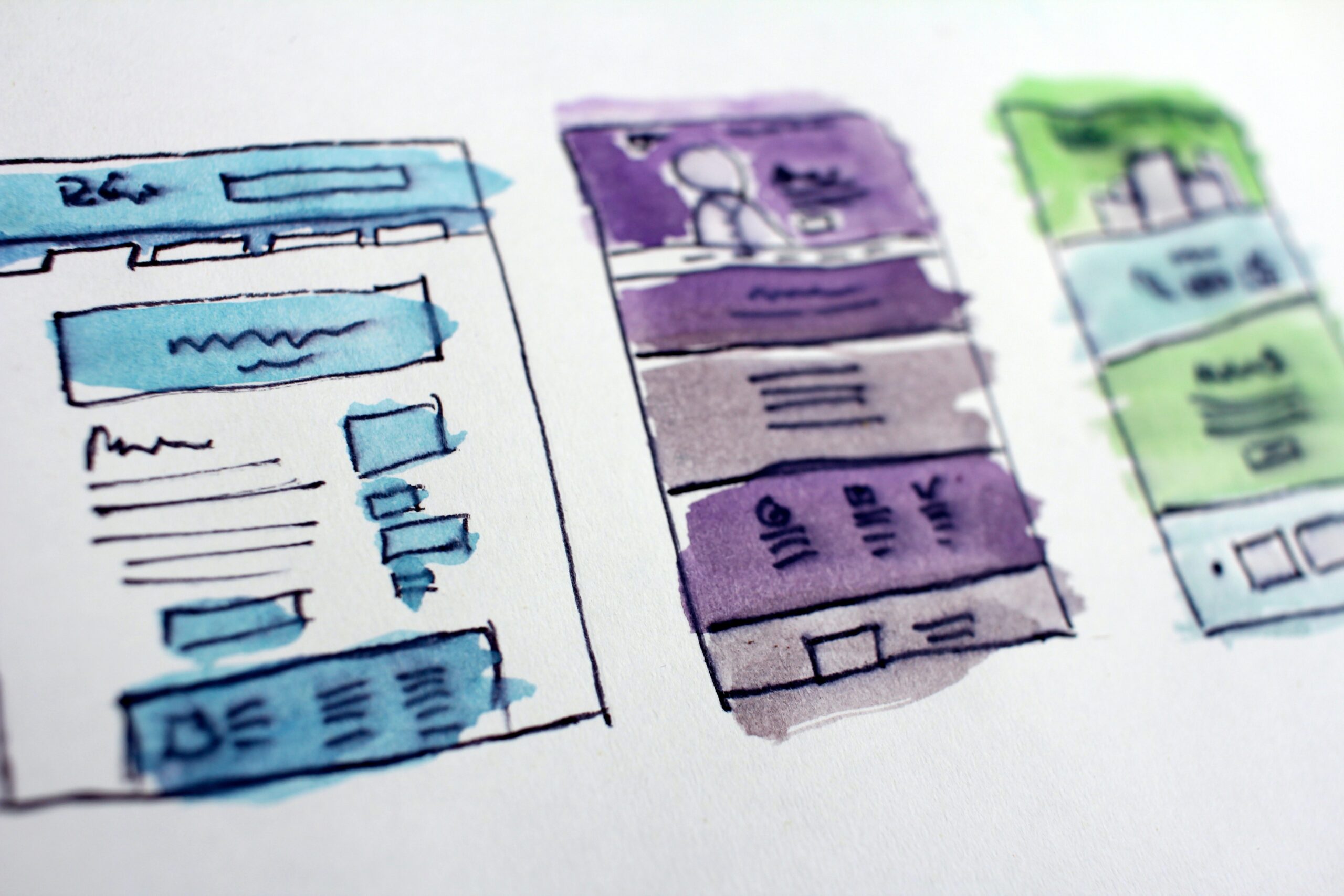In the symphony of elements that compose a website, typography is the section that can either harmonize beautifully or clash discordantly with the overall design. The choice of typeface is a crucial decision that can profoundly affect a website’s readability, mood, and even its brand identity. A web design company recognizes that a font does more than just display text; it communicates a message and sets the tone for user engagement.
Understanding Font Psychology
Every font carries its own psychological weight. Serif typefaces, with their traditional flourishes, convey a sense of formality and reliability, making them a classic choice for established brands and professional services. Sans-serif fonts, stripped of extra detailing, project a modern and clean aesthetic, lending themselves to innovative tech companies or startups. A web design Auckland company delves into font psychology to select typefaces that align with the brand’s personality and the emotions it intends to evoke in its audience.
Readability and User Experience
Readability is paramount in web design. A typeface, no matter how beautiful, is ineffective if it hampers the user’s ability to quickly and comfortably read content. Web designers look for fonts that offer clarity and ease of reading across devices and resolutions. They consider factors such as x-height, character spacing (kerning and tracking), and line spacing (leading), which all contribute to the legibility of the text on different screen sizes, ensuring a positive user experience.
Pairing Fonts Harmoniously
Combining fonts is an art form that can enhance visual interest and guide the user’s attention to various parts of a website. A web design company often pairs multiple typefaces to define hierarchies and functions within a website, like pairing a bold sans-serif font for headings with a subdued serif for body text. The key is in the pairing: the chosen fonts should complement each other and maintain a cohesive feel throughout the site.
Font Licensing and Web Standards
The practicalities of font usage on the web also play a role in typeface selection. Web design companies must navigate the complexities of font licensing, ensuring that they use typefaces legally and ethically. Additionally, the font must be web-friendly, meaning it renders well on various browsers and devices, and adheres to web standards to ensure consistency and accessibility for all users.
Performance and Load Times
Font choices can also impact the technical performance of a website. Web design companies consider the size and number of font files required, as excessive font weights and styles can increase load times, affecting SEO and user retention. They aim for a balance between aesthetic appeal and performance, often opting for versatile fonts that can serve multiple purposes without the need for numerous font files.
Reflecting Brand Identity
Above all, the chosen typeface should be a visual reflection of the brand’s identity. A web design company carefully curates fonts that not only look good but also communicate the brand’s story and values. Whether it’s the trustworthiness of a serif font for a law firm or the approachability of a rounded sans-serif for a children’s site, fonts become an integral part of the brand voice.
In conclusion, the narrative power of typeface is immense in the context of web design. A web design company that skillfully selects fonts can create a site that speaks volumes without saying a word. Through understanding font psychology, prioritizing readability, harmoniously pairing typefaces, navigating licensing and web standards, optimizing performance, and reflecting brand identity, designers can use typography to tell a brand’s story in a way that resonates with users and sets the stage for meaningful engagement.



Leave A Comment